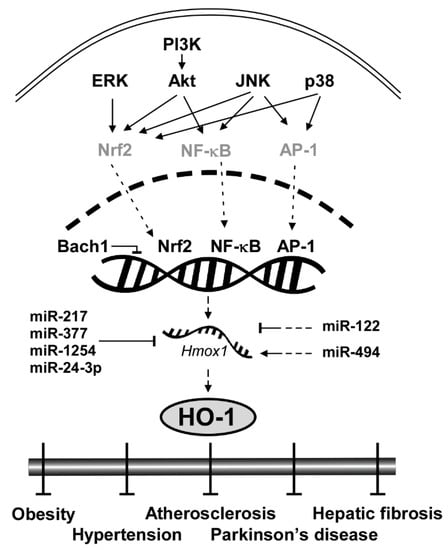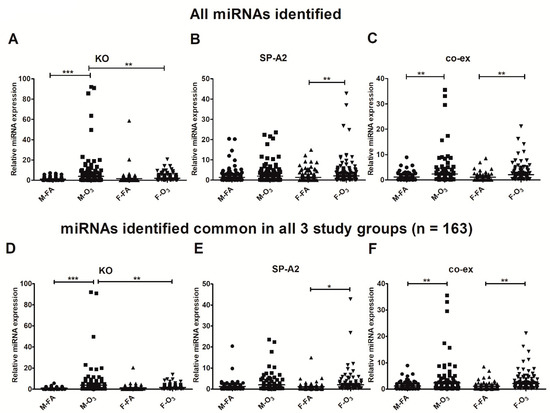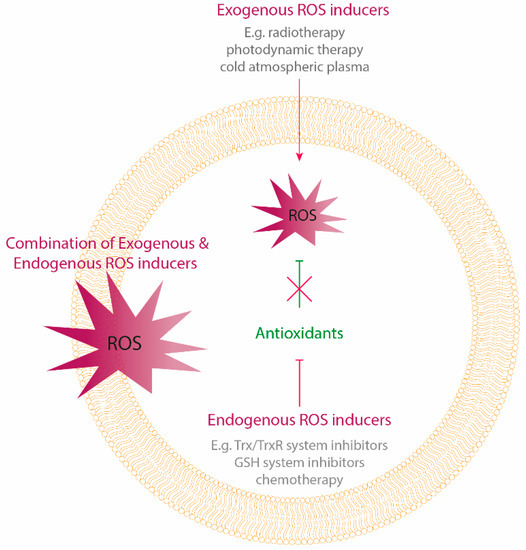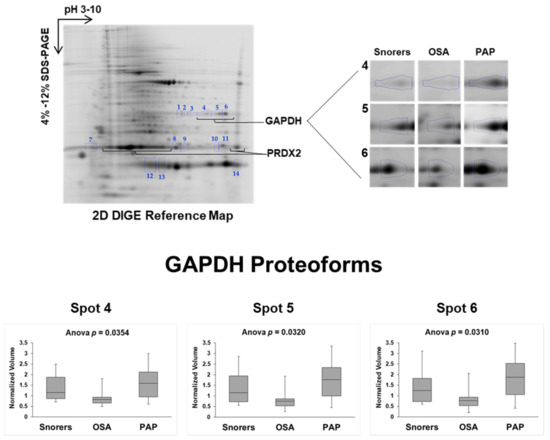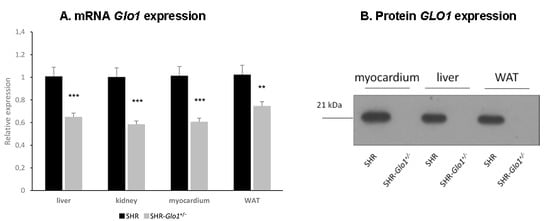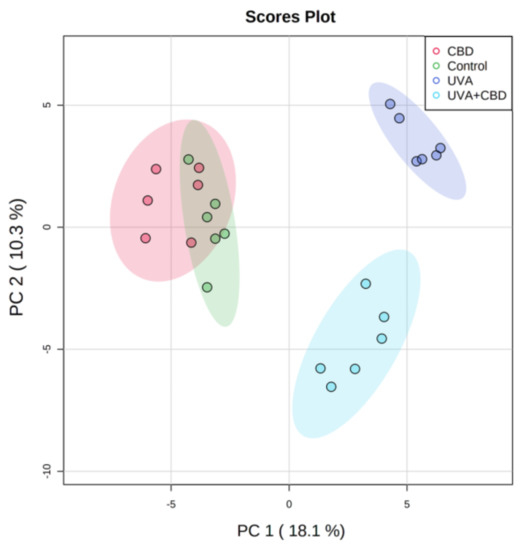Antioxidants 2020, 9(12), 1192; https://doi.org/10.3390/antiox9121192 - 27 Nov 2020
Cited by 32 | Viewed by 3382
Abstract
A 12.4 kDa laminarin (LM) composed of β(1→3)-glucan with β(1→6)-branches was extracted from brown seaweed Lobophora variegata and modified via carboxylation using dielectric barrier discharge (LMC), conjugation with gallic acid (LMG), and sulfation (LMS). Analyses of the chemical composition of LMC, LMG, and
[...] Read more.
A 12.4 kDa laminarin (LM) composed of β(1→3)-glucan with β(1→6)-branches was extracted from brown seaweed Lobophora variegata and modified via carboxylation using dielectric barrier discharge (LMC), conjugation with gallic acid (LMG), and sulfation (LMS). Analyses of the chemical composition of LMC, LMG, and LMS yielded 11.7% carboxyl groups, 1.5% gallic acid, and 1.4% sulfate content, respectively. Antioxidant activities of native and modified laminarins were assessed using six different in vitro methods. Sulfation stopped the antioxidant activities of LM. On the other hand, carboxylation improved cooper chelation (1.2 times). LMG was found to be a more efficient antioxidant agent than LM in terms of copper chelation (1.3 times), reducing power (1.3 times), and total antioxidant capacity (80 times). Gallic acid conjugation was further confirmed using Fourier transform infrared spectroscopy (FT-IR) and one- and two-dimensional NMR spectroscopy analyses. LMG also did not induce cell death or affect the cell cycle of Madin–Darby canine kidney (MDCK) cells. On the contrary, LMG protected MDCK cells from H2O2-induced oxidative damage. Taken together, these results show that LMG has the potent antioxidant capacity, and, therefore, potential applications in pharmacological and functional food products.
Full article
(This article belongs to the Special Issue Antioxidants of Natural Product)
►
Show Figures

